Day 18 - Takeo Onsen to Arita, The Kyushu 108 Temple Pilgrimage, Japan




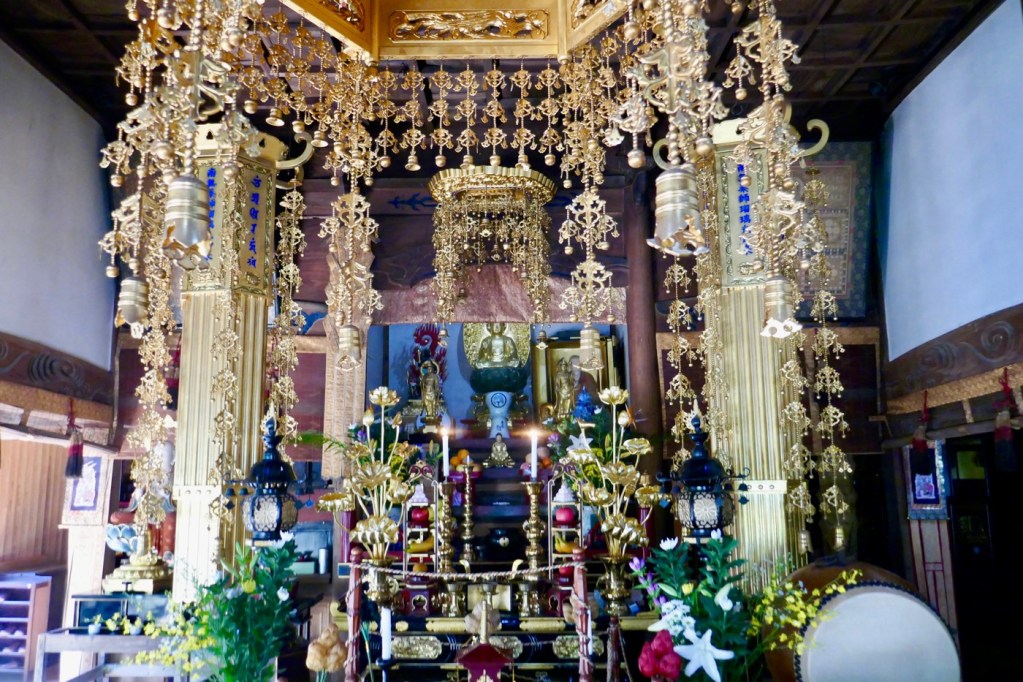










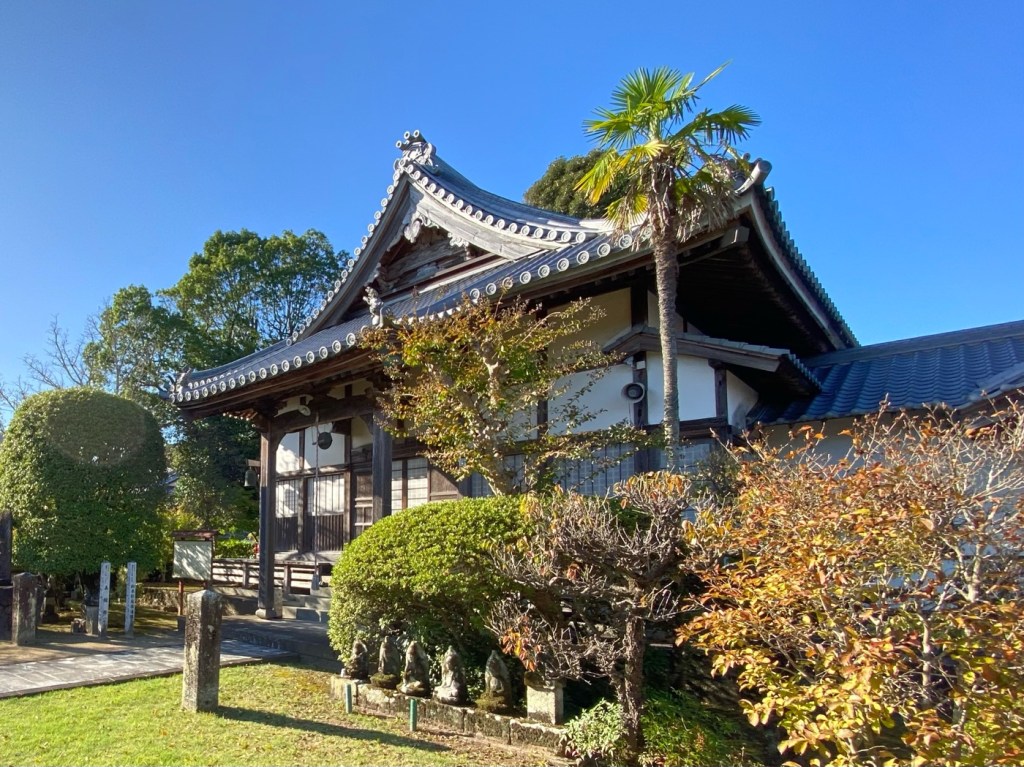


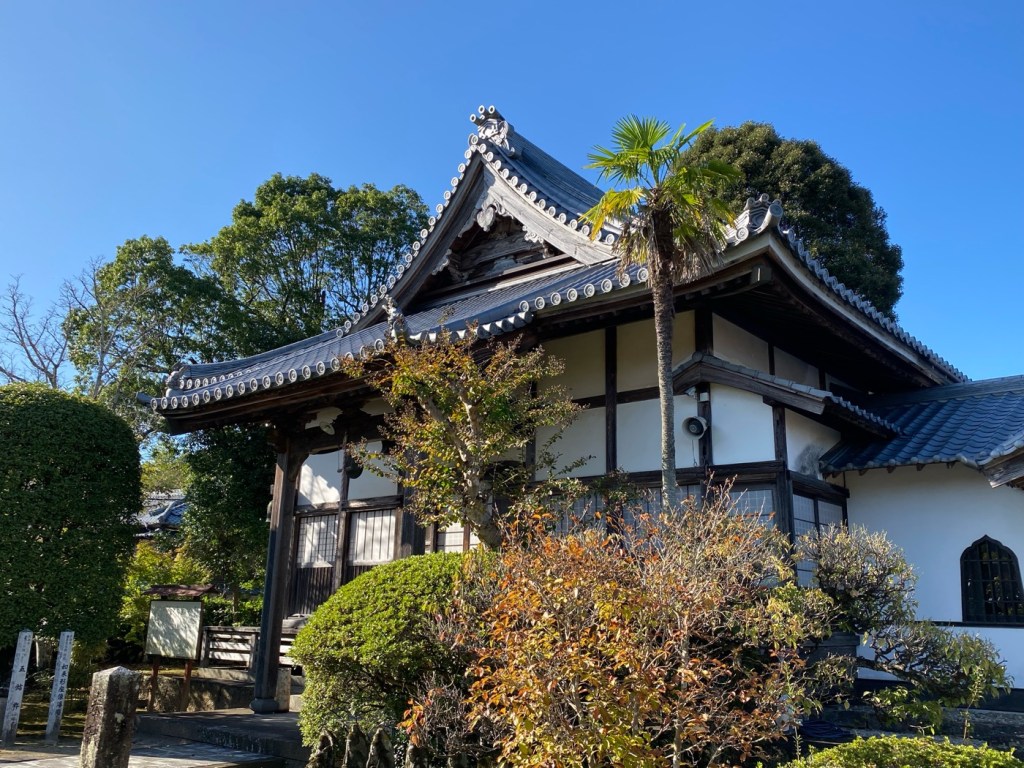

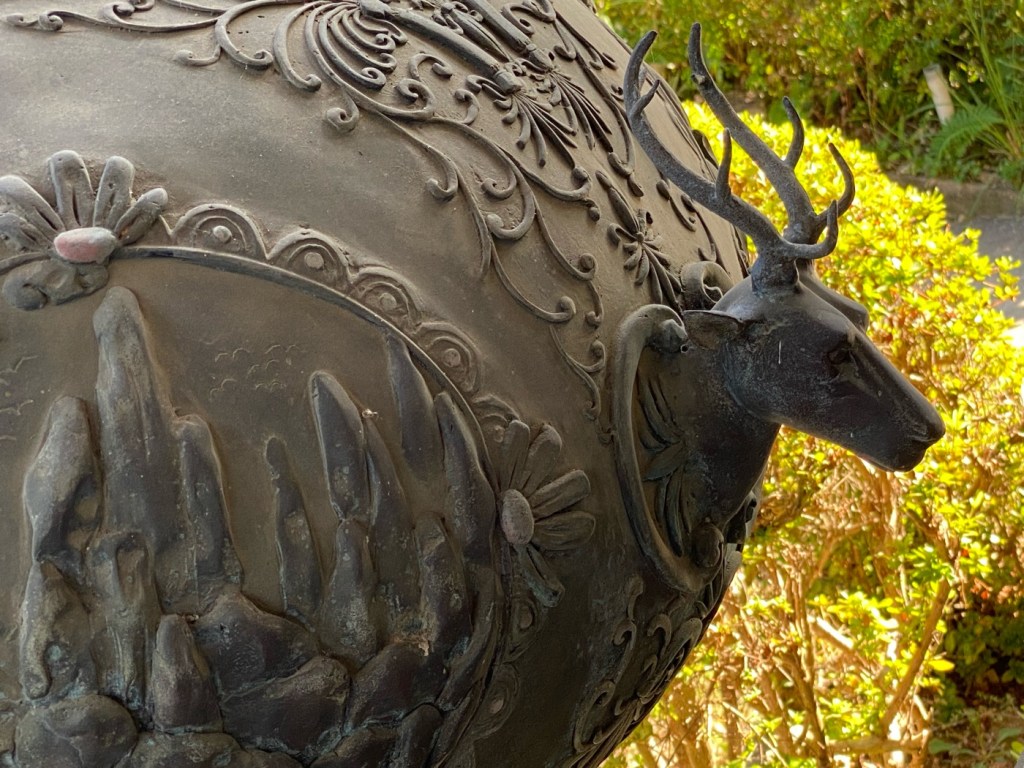


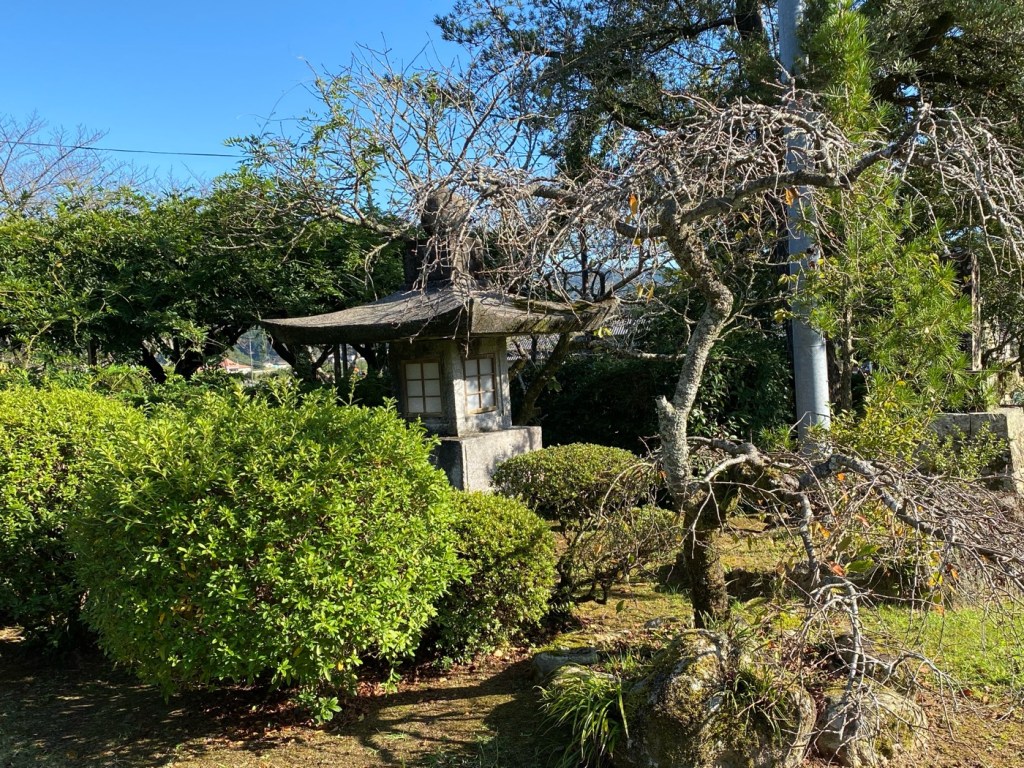

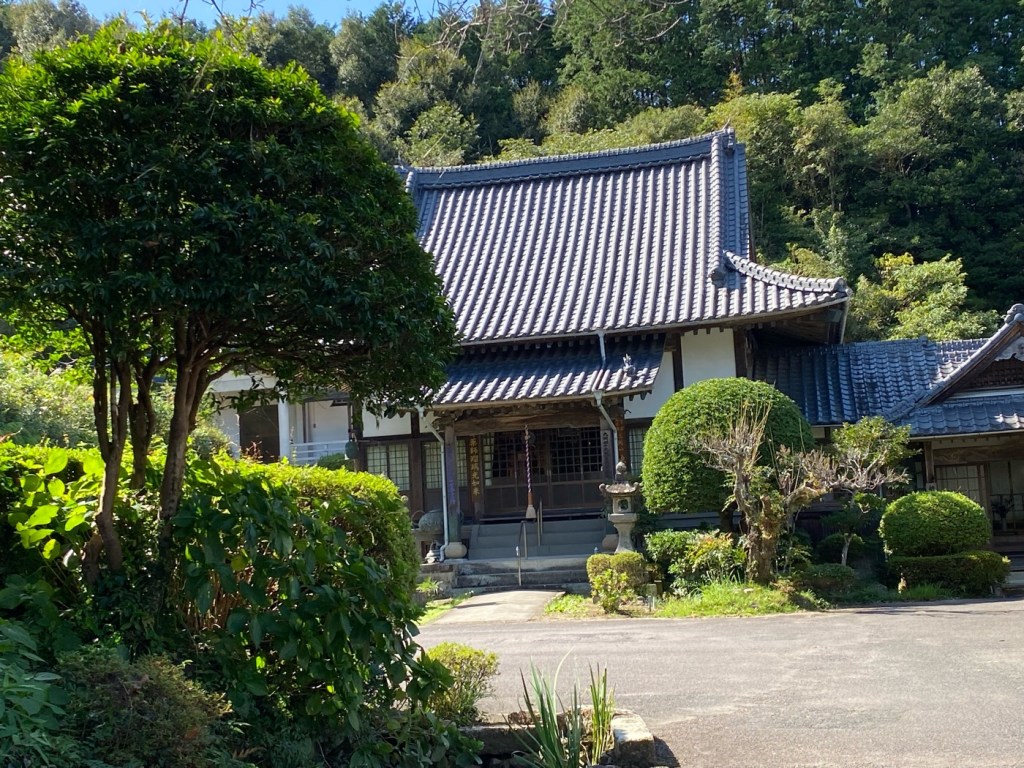




Day 18 - Takeo Onsen to Arita, The Kyushu 108 Temple Pilgrimage, Japan
Today was an example of how things in the Universe can conspire to help you in strange ways, if you are willing to step out of your own ideas and allow things to unfold.
But like all days, we started the day with breakfast and a walking plan.
A hotel employee gave Wendy her Goshuin book, which she had forgotten at the temple in Takeo, and we thanked him for his efforts and kindness.
I wanted to offer him money for his time, but felt that it was not appropriate to do so at that moment.
The plan for the day was to visit two temples in the Takeo area, and then walk part of the way from Takeo to Ureshino.
From Takeo station, we walked to the first temple.
It was not a scenic walk, mostly by the side of a busy national car road, with narrow sidewalks that often disappeared for kilometers.
It was hard to choose on what side of the road to walk while we had no sidewalks.
Should we be walking against traffic if there is more space on the other side of the road…
Or should we be choosing whatever side had some shade to protect us from the heat…
Before we reached temple #67 we walked by many rice fields along the river.
Then we climbed a steep road up Sangen-Yama, also known as Mt. Mima, where the temple is located.
Despite its isolated location, there were many visitors that looked to be locals who were supporting the temple.
The priests were dressed in robes and wore white Tabi shoes that have a split toe.
They stamped our books and gave us cookies as a pilgrim’s gift, called “Osetai.”
I have to mention that we have received Osetai at almost every temple we visited on this pilgrimage, which is very kind of them and heartwarming.
Sangenyama Tokoji (三間山 東光寺) Temple #67 is located in the western part of Saga Prefecture.
It is in a valley surrounded by mountains, that has Mt. Shinroku in the background, a mountain range that marks the border of Nagasaki Prefecture.
The mountain range includes Mt. Kurokami, which was the center of Buddhist faith in the region.
Toko-ji Temple was built as a branch temple of Saikomitsu-ji Temple (Daichi-in Temple,) on Mt. Kurokami, that Kobo Daishi had built.
The temple was restored and re-opened by Anin Sojo in 1547.
He enshrined the healing Buddha Yakushi Nyorai as the principal image.
The Buddha hall was built in 1573 by the feudal lord (the Goto family) and was used to pray for the healthy and prosperous production of rice.
Also enshrined is an old Kannon statue, (the year of its production is unknown) that is believed to be reminiscent of Mother Mary, a memory of times when Christianity was not allowed to be practiced in Japan.
There is a mark of a cross on the right hand, and the fingers make the shape of a cross by crossing the thumb and the middle finger, that gave the goddess the name “The Hidden Christian Kannon.”
The temple’s statement asks that visitors do not just worship ancient images and statues, but look at them as symbols representing higher truths.
Yes, they say, the ancient Buddha statues have significance as works of art, but you should look into the heart of the faith, to find the true value and meaning behind it all.
From there, we walked through the rice fields to temple #68 Mt. Acha Mudoin.
We knocked on the door of the house and a friendly woman opened the door.
She confessed that she felt relieved to see that all of us can speak a little Japanese.
We met Joseph and Wendy when all of us attended JALS Japanese language school in Sapporo, Hokkaido some years ago.
This mountain temple was founded in the Muromachi period, (1336-1573) and had prospered along with other sacred temples on the Kurokami-Yama Shugendo mountain range.
It has been thriving for about 600 years since.
It is a quiet temple surrounded by thickly forested mountains and rice fields, where you can find peace of mind and heal your heart.
The way I had planned the day, this was to be the last temple we would visit.
From here, we needed to get to the nearest bus or train station and then return to our hotel in Ureshino.
Wendy looked at the bus and train schedule, and said that it would take us more than two hours to get back to our hotel.
It was late in the afternoon and with the cost of the bus and then a train for four people, it would be better and faster to just call a taxi to take us back to our hotel.
When you are walking in a group, you have to consider everyone’s preferences and feelings.
We decided to honor Wendy’s choice and asked the lady at the temple to call us a taxi.
The lady said that a taxi would not come to the temple because it is too rural.
But at temple number #69, which is located only two kilometers away, we can get the stamp and a taxi at the same time.
She even suggested that she would drive us the two kilometers to temple #69.
She called the taxi and asked it to wait for us for twenty minutes, which would give us enough time to pray and get our books stamped.
Wendy asked me how come I hadn’t planned to walk the two kilometers to temple #69, when we were so close to it.
The truth is that the reason I didn’t plan to walk there on the same day, is that temple #69 is actually located on top of Mount Kurokami, a full day’s hike up and down, and not at the location that the lady said it was.
It was a bit confusing to me, but I decided to go with the flow and see what unfolded.
After all, a lady running temple number #68, knows much better than I do where the temple is located.
Perhaps I made a mistake…. After all, I am only using Japanese addresses written in Kanji characters that I cannot read, and Google Maps….
She pulled her car out of the garage and we all got in.
She apologized that her car was small, and we said that her car was awesome and that we were so grateful for her kindness.
She was right, and within five minutes we were at temple #69.
The temple had a private group puja in the main hall, but at the house they stamped our books and scroll while we chanted in the beautiful garden.
While we waited for the taxi to come, Wendy realized that the lady didn’t give her the “Omie” or “Osugata” which are the small slips of paper given at each temple, with the temple’s main deity printed on it.
The lady apologized and promising to be back in five minutes, got into her car, drove back to her temple and came back with the Omie paper in five minutes.
In the meantime, I researched the actual location of temple number #69.
It turned out that it is indeed located on the summit of Mount Kurokami, but that the mountain has been closed for hiking due to a major landslide that split the mountain in two.
So instead of climbing to the summit, which is not allowed, pilgrims get their Goshuin at this temple.
I felt that this was the hand of my Divine guardians watching over me. Without Wendy insisting on our taking a taxi, I would have never known that we should get the stamp here and I wouldn’t have known that the mountain temple was closed.
Other Japanese pilgrims who had come to the mountain by car said that no explanation was written on the sign, except that the road to the temple was closed.
Here is a bit of information about Temple #69
Mt. Kurokami Saikomitsuji Temple
(Kurokami-san, Saiko Mitsuji)
It has been famous as a sacred mountain retreat since ancient times.
It is located at the top of Mt. Kurokami, which is also a Saga Prefectural Natural Park.
Kobo Daishi climbed Mt. Kurokami and carved a Fudo Myoo statue there.
This Fudo Myoo is now celebrated at Kurokamiyama Daichi-in Temple in Sasebo City.
The view from the temple offers a 360-degree view of the Ariake Sea, Genkai Sea and Omura Bay.
It is a rocky mountain that rises above the clouds, where you can see a sea of clouds and a fantastic sunrise.
Since Saikomitsu-ji Temple is a mountaintop temple and access is difficult, the temple is usually not occupied.
The goshuin is given at "Jorin-ji Temple" at the trailhead of Mt. Kurokami (where the lady took us).
That night I enjoyed a soak in the Ureshino hotel’s hot springs.
We ate a dinner in town.
I chose an Ureshino Onsen Yudofu tofu dinner set.
The dish is called Onsen-Yudofu, which is made by boiling tofu in a ceramic bowl using the region’s Ureshino hot spring water.
The hot springs water has a high content of natural alkaline which reacts with the components in tofu, and makes the tofu more soft and smooth.
Yudofu is also a common breakfast dish for local residents.
At the restaurant we ate at, you can buy a Yudofu kit to take home.
You also can order these Yudofu cooking kits, at stores and online.
These pre-made sets come with clean hot spring water to boil, tofu, seasoning, and sauce.
I love tofu and this creamy version was delicious.
Sending you love and peace,
Tali
Stats: 20,432 steps
Today’s walk: 14 km
Kilometers walked to date: 317.5
Temples visited:
T#67 Sangenyama Tokoji 三間山 東光寺
T#68 Mt. Acha Mudoin 阿遮山 無動院
T#69 alternative temple of Jorin-ji Temple (where we got the goshuin stamp)